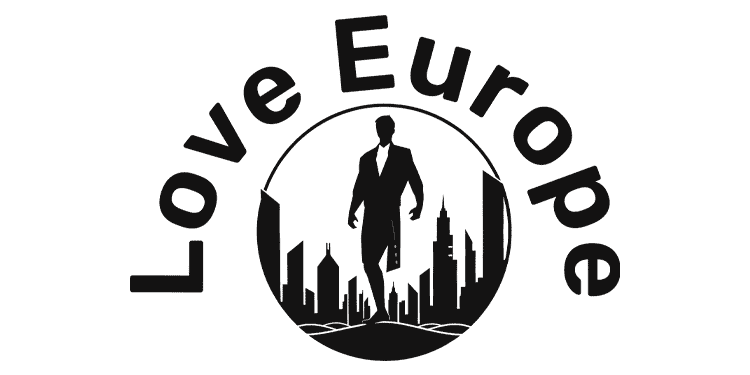Globalization has taken the hold of America’s major sport, but no league has had more success or a more involved future with the international market than the NBA.
Seventy-six of the NBA’s 360 active roster players are international players from thirty-eight different countries. Yao Ming regularly breaks the record for the most votes to the All-Star team, Steve Nash and Dirk Nowitzki (both born outside of the US) won three of the last four MVP awards, and the San Antonio Spurs have won three championships in the past five years with a primarily foreign core of star players.
With this increased prominence of international NBA stars inspired from the first Dream Teams, the NBA has made basketball only second to soccer as the world’s most popular sport.
Financially, globalization skyrocketed the revenues of the NBA. International customers now consist of nearly 50 percent of jersey and merchandise sales. The internet has helped spread the popularity of the NBA.
Fifty-three percent of NBA.com traffic is now coming from outside the U.S., up a third from five years ago. And 20 percent is from China alone. The NBA also has TV deals with over 100 countries and the playoffs along with several regular season games broadcast live across the globe.
When the Milwaukee Bucks played the Houston Rockets on Nov. 9, 2007, an audience of 200 million people viewed the game (That is more than the Super Bowl). Overall, globalization had paid incredible dividends financially to the NBA.
What does the future of the new globalized NBA? First, international players will continue to make up a higher percentage of the players in the league. The international market will quickly exceed the US market by 2010. However, the biggest change to the NBA that will happen is European expansion.
Half of international players are of European descent, NBA style arenas have been built in London, Spain, Germany, and France, and an established fan base of Euroleague fans are ready to embrace big-time NBA basketball.
The best way for the NBA to expand into Europe is to add a six team European Division to the Eastern Conference. Location of these franchises would be determined by the largest basketball markets and cities with NBA ready stadiums.
The best candidates for NBA expansion are London, Paris, Madrid/Barcelona, Berlin, Rome, and Athens. Instead of the normal suggestion of five teams, adding six teams will balance the NBA with thirty-six teams while keeping the six division format. Each division would now include six teams instead of five.
As a result, the rest of the NBA would have to realign to adjust to the compensate for the new Euro-division. The Central Division would move to the Western Conference and add the Minnesota Timberwolves. The Washington Wizards would move to the Atlantic Division, while the New Orleans Hornets and Memphis Grizzlies would switch conferences and move to the Southeast Division.
The Northwest Division would discontinue and the Utah Jazz, Denver Nuggets, and Seattle Supersonics (if they move to Oklahoma City) would join the Southwest Division. The Portland Trailblazers would join the Pacific Division to complete realignment.
If the Sonics manage to stay in Seattle, then they would go to the Pacific Division and the Phoenix Suns would go to the Southwest Division.
In terms of scheduling, each team would play divisional opponents four times (20 games total) and every other team twice (60 games total) for an 80-game season. The subtraction of games in the season makes for increased travel times and rest for transatlantic flights.
Each division winner will have a playoff spot plus the top the remaining top five teams in each conference. Once the construction of NBA stadiums are complete, their seems to be no problems in implementing this schedule and with declining value of the US dollar allows greater profit opportunities for European teams.
Prime time television in major European markets will also skyrocket the revenues and the popularity of the NBA as it will become the first major intercontinental professional sports league.
However, there are still some problems with European expansion that will have to be dealt with in the process. The language and cultural barrier between Europe and the American basketball player poses challenges, and players may not want to live and play in a foreign country (Toronto is in Canada, but the cultural divide is not nearly as evident).
Second, both American and European fans will have a hard time watching their teams’ road games on the other continent due to time zone differences. Despite these challenges, European expansion is the future of the further globalization of the NBA and its quest to challenge soccer as the world’s sport.
Source link : https://bleacherreport.com/articles/26257-globalization-and-sports-part-ii-how-thenba-should-expand-into-europe
Author :
Publish date : 2024-09-30 13:19:00
Copyright for syndicated content belongs to the linked Source.



